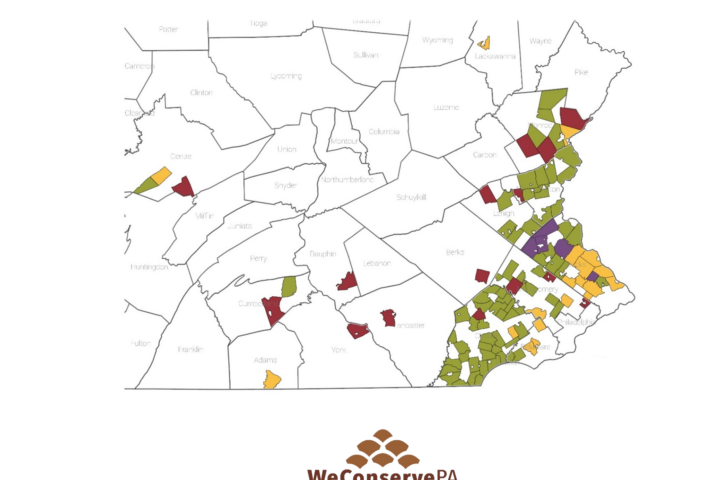Using the Model Conservation Easement
WeConservePA has updated its guide, The Model Conservation Easement, renaming it Using the Model Conservation Easement to create a bit more clarity and distinction between the guide (which offers insights into how to best utilize the model) and the model itself.
The Model Grant of Conservation Easement and Declaration of Covenants provides users with a state-of-the-art legal document. Built on a foundation of research that identified working (and failing) easement practices around the country and fine-tuned in response to user experiences and feedback over many years, no easement document has received more peer review. The expansive commentary explains the reasoning behind every provision, instructs on use of the model, and provides a wealth of alternative and optional provisions.
An Easement is Only as Strong as the Document Underpinning It
A conservation easement can only be as strong as the legal document—the grant of easement and declaration of covenants—that underpins it. Innumerable lessons have been learned in easement projects across the country over the decades. To maximize the conservation benefits delivered by a conservation easement and its durability over time requires easement drafters to prepare grants of conservation easement that are informed by these lessons. The Model Grant of Conservation Easement and Declaration of Covenants with Commentary embodies decades of user experiences and hard-gained knowledge in the use of conservation easements.
Use a State-of-the-Art Document and Save
The model is designed for use by private land trusts, local and state governments, landowners, and their respective legal counsels. Thanks to the collective input of countless conservation practitioners, the model and commentary take full advantage of the lessons of the past and the best knowledge of the present. The extensive guidance that accompanies the state-of-the-art legal document provides users with what they need to customize the model to nearly any situation. Users can avoid the legal costs of reinventing easement documents and provisions and can instead focus legal counsel on addressing issues truly unique to the particular project.
Note that the model does not eliminate the desirability of legal counsel. A good attorney will ensure that, given particular circumstances and customizations, the easement document does what is intended.
Take Advantage of Collective Experiences
The model, released in its official first edition in 2005, is informed by many years of regular and heavy use by land trusts, governments, and landowners across Pennsylvania and the nation. No conservation easement document has benefited from more real-world testing, user scrutiny, and cycles of peer review and improvement. The seventh edition alone underwent six rounds of public review and critique before being finalized.


